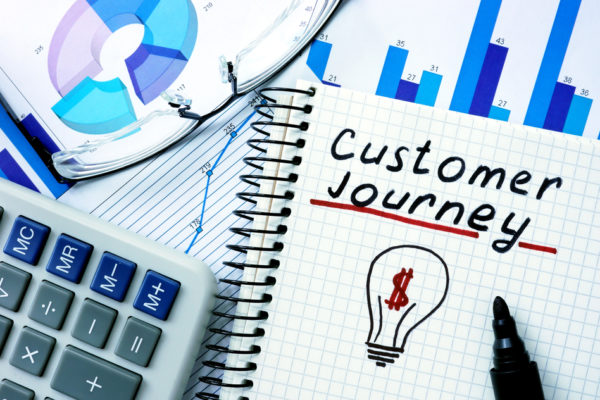The traditional purchase decision process has been transformed into the new buying decision journey. What used to be a narrow funnel of steps taken by the customer to reach an investment decision, has evolved into a circular path that takes into account diverse consumer experiences. The purchase decision journey has been compressed, but this compression does not mean that the trip is now simpler. In fact, it means just the opposite due to today’s technology that has evolved within the purchasing cycle. It is a series of consumer experiences, without a defined beginning or endpoint.
The purchase decision journey described by McKinsey begins with consideration, followed by evaluation, then enters the continuous cycle, also known as the loyalty loop. The components of the circuit include the purchase, experience, advocacy, and the bond, which will lead back to the acquisition. The cycle will repeat in a never ending circle, until the consumer leaves. A marketer’s goal is to lock the customer into the loyalty loop. To do this, marketers have to forget about traditional strategies and now must proactively personalize the consumer’s next step in the purchase decision journey.
The mission has changed for consumers and companies. For consumers, McKinsey proposes that the systematic narrowing of the initial consideration set no longer occurs. This is a result of businesses taking advantage of the purchase decision journey. Many companies who understand the buying decision journey have eliminated the steps of consideration and evaluation that consumers would typically undergo. Marketers can optimize competitive advantage by using automation, proactive personalization, and contextual interaction throughout the journey to create and maintain loyal customers.
Advertising and promotion alone cannot suffice with the recent purchase decision journey in existence. To reach success, companies must come to this realization and work toward innovation. As the presence and utilization of marketing, media expands, companies’ approaches must change to reach the consumer before the journey begins. The efforts of marketers do not stop there; it is necessary for them to continue to engage with the customer throughout the cycle to create a personalized experience.
Lastly, communication has shifted into a conversation. Originally, marketers were the sole communicators and consumers were the receivers. A relationship between marketer and consumer has now formed because of the presence of two-way conversation that replaced one-way communication.
The path of the consumer purchase decision is no longer a process that comes to an end. Rather, it is an endless journey. Where the buyer steps on or steps off is unknown. What is known is that the marketer can no longer take the consumer for granted.





Leave a Reply